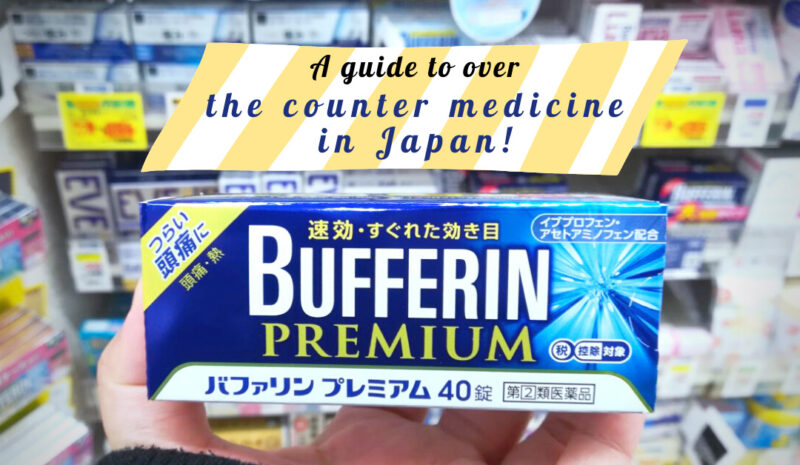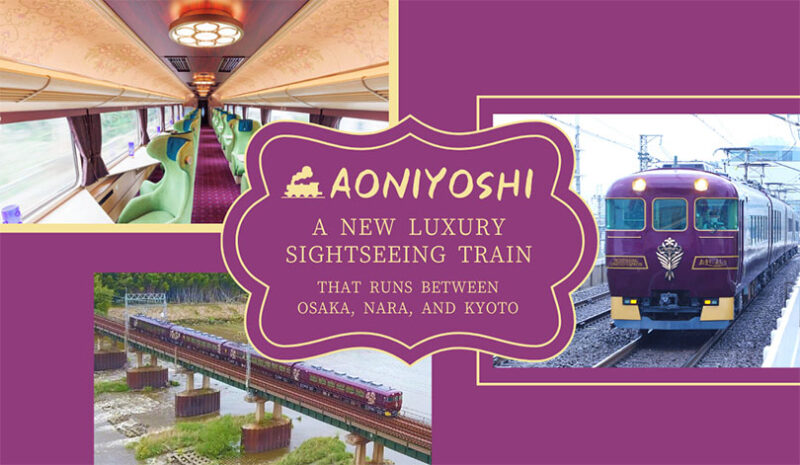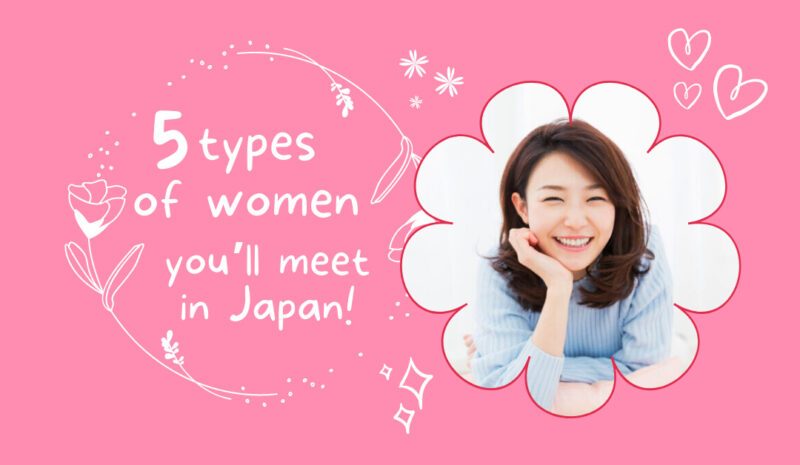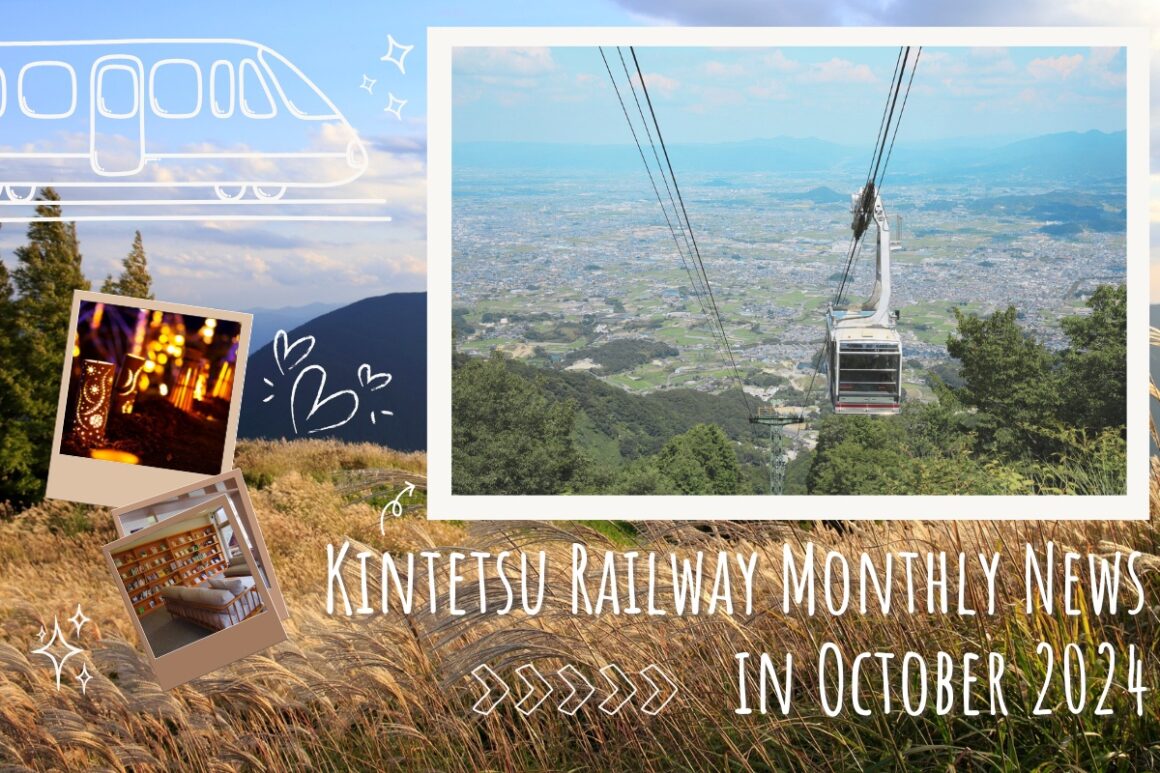Best festivals in Kanagawa to experience
Feb 04, 2025
Best festivals in Kanagawa to experience
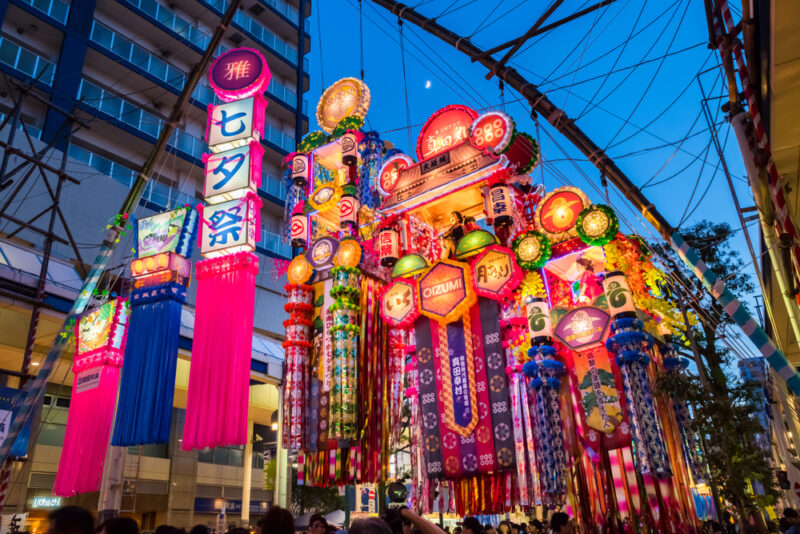
picture cells / Shutterstock
Kanagawa is a neighboring prefecture of Tokyo, the capital of Japan, and even though it’s close to a big city, the prefecture is blessed with beautiful temples, rich nature, and scrumptious local gourmet.
The festivals in Kanagawa are unique, and they can range from small to large-scale festivals. We have listed up some of the best festivals in Kanagawa for you to experience throughout the year!
Index : Best festivals in Kanagawa to experience
- Kotohira Otori Shrine Tori no Ichi Festival
- Yokohama Bon Festival
- Kanamara Festival
- Shonan Hiratsuka Tanabata Festival
1. Kotohira Otori Shrine Tori no Ichi Festival
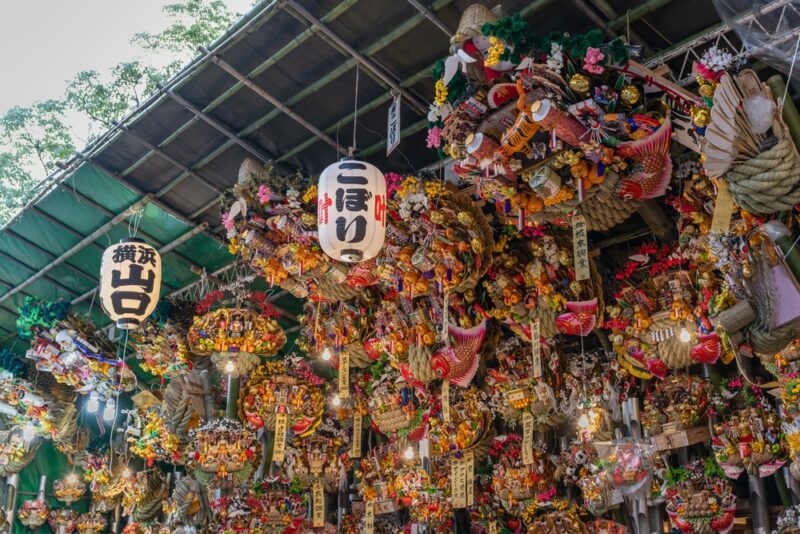
Princess_Anmitsu / Shutterstock
Tori no Ichi is a festival held annually in November, particularly on the days of the rooster, based on the Chinese zodiac. The festival was originally from Tokyo, and it was held at Otori Shrines, where peasants prayed to Otori-sama, god of food fortune and business.
One of the biggest tori no ichi festival is the ones held at Kotohira-otori Shrine in Yokohama, and there you can see Kumade (rakes) sold at the venue, which are considered as a lucky charm. Kotohira-otori Shrine is located in Kangai / Isezaki district of Yokohama, and although the shrine is small, there are a lot of stalls around the shrine selling foods, kumade (rakes), and souvenirs.
2. Yokohama Bon Festival
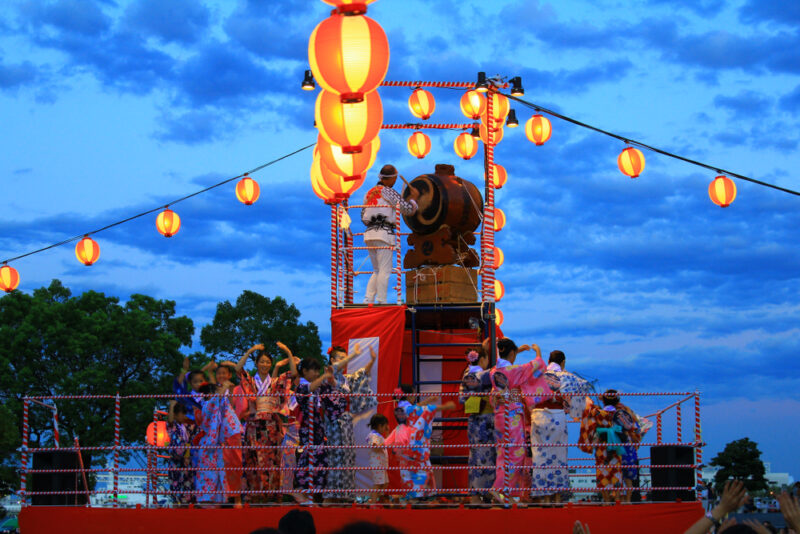
MasaPhoto / Shutterstock
Bon Festival is a Japanese custom, which has been celebrated for over 500 years in Japan, and it is a Buddhist tradition that involves honoring ancestors through visiting family graves, as well as inviting the spirits of the ancestors home and then back into the spirit world through the use of lanterns.
The festival lasts for three to four days, in which various rituals are practiced, and one of those rituals is Bon Odori, a special dance practiced during this period. The bon festival in Yokohama involves toro nagashi, when floating lanterns are released into the river to float down into the ocean, which symbolizes the act of sending one’s ancestor’s spirit back to the other world.
In addition to the toro nagashi, taiko drum performances, and also the traditional bon odori performances are held in the evenings, and you can also dance with the participants if you want to since it’s a public event.
3. Kanamara Festival
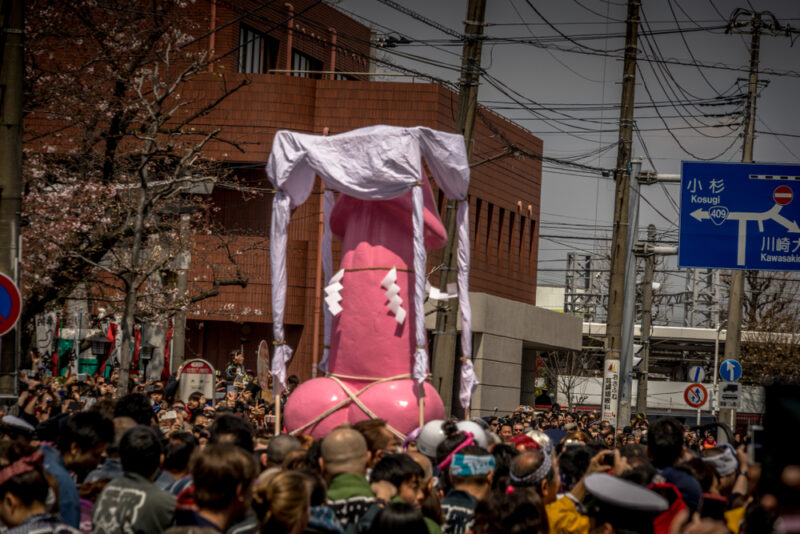
Joshua Hawley / Shutterstock
Kanamara Festival, or penis festival, is held in Kawasaki on the first Sunday of April annually to pray for reproduction health. It is known as one of the most crowded spring festivals in Japan, and it features three phallic portable shrines, which are paraded around the city, and also phallic-themed foods and goods to match the festivities.
The festival is held in Kanayama Shrine, which was popular within sex workers from the local tea houses who prayed for protection from sexually transmitted diseases. The shrine is where the gods of mining and blacksmiths, Kanayamahiko and Kanayamahime are enshrined, and although they sounded totally unrelated to phalli, the Japanese legend believes that they healed the Shinto goddess Izanami when she gave birth to a fire god, and ever since then, people started praying to these gods for protections against sexually transmitted disease, safe childbirth, and fertility.
4. Shonan Hiratsuka Tanabata Festival
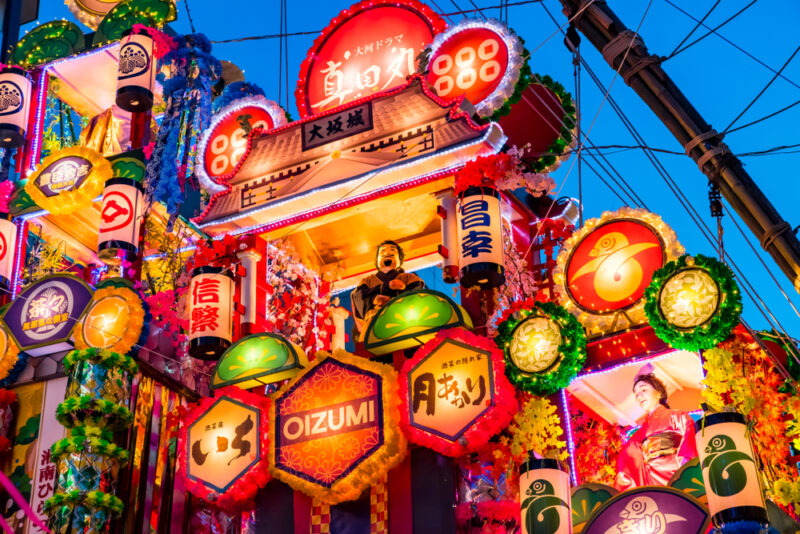
picture cells / Shutterstock
Shonan Hiratsuka Tanabata Festival is known as one of the three biggest tanabata festivals in Japan, and it is held all throughout the city, departing from the Hiratsuka Station North Entrance shopping district.
During this festival, Hiratsuka City is decorated with colorful tanabata decorations, which are lit up with colorful lights at night. The streets are also dotted with stalls offering mouthwatering local treats, traditional games, souvenirs, and toys.
The festival attracts countless tourist each year, and one of the best ways to enjoy Shonan Hiratsuka Tanabata Festival is by putting on the yukata while strolling around the festival area and enjoying their street foods.
